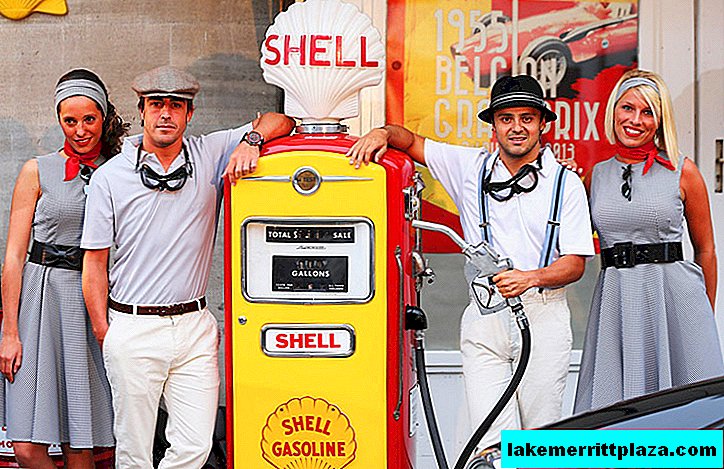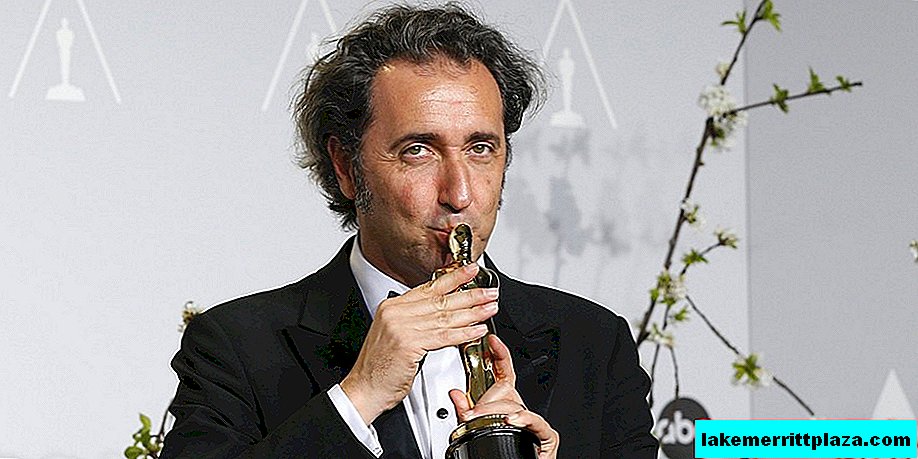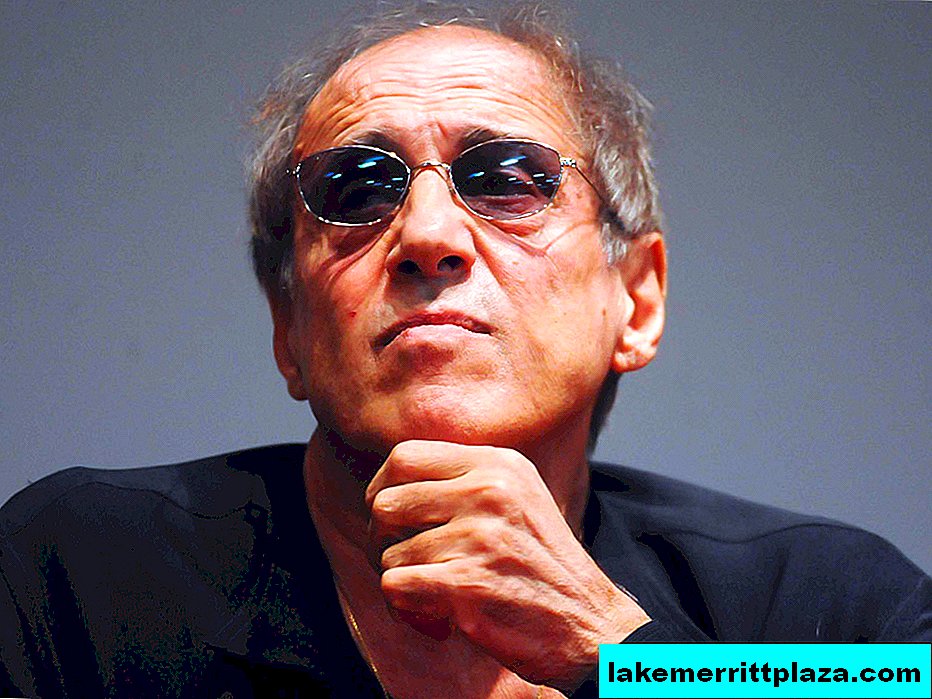Italian Culture Minister Dario Franceschini expressed his support for the restoration plan for the Colosseum arena, which implies a large-scale change in the scene on which battles between gladiators and wild animals took place.
The Roman amphitheater, erected back in 80 AD, had an arena with wooden floors covered with sand, masking many tunnels through which brave gladiators got into the arena a long time ago. However, at the end of the 19th century, during the massive restoration of the “visiting card” of the Italian capital, the wooden coating was changed to a more durable stone.

In July, archaeologist Daniele Manacorda proposed returning the sights to wooden floors. According to the scientist, such a decision would allow tourists to better appreciate the Colosseum, as well as contribute to the conduct of concerts and performances in the open air. This idea was supported on Sunday by the Italian Minister of Culture. "I really like the idea of the archaeologist Manacorda to return the Colosseum to its arena. All that is needed for this is a little courage," the politician wrote on Twitter.
It is worth noting the fact that the archaeologist proposed the use of space behind the arena, which is advantageous from his point of view. Manacorda believes that the complex system of paths and elevators that once delivered people and animals to the arena can be turned into a museum.
“This is possible. It will not be difficult, but a special study needs to be done to show what needs to be done to preserve the appearance of the complex,” said Adriano La Regina, formerly the chief archaeologist of Rome. "The Colosseum is not at all such a fragile structure that it might seem. It was erected with the aim of putting tens of thousands of spectators here."
Nevertheless, not everyone shares the optimistic mood of the Minister of Culture and La Regina. So, Salvatore Settis (Salvatore Settis), professor of classical archeology and part-time chairman of the Council for the preservation of the cultural heritage of Italy, said that the country is going through difficult times, so the budget does not have enough funds to carry out such large-scale projects. "The state of the cultural heritage of Italy is now in question. Regarding this situation, it seems to me that the restoration of the Colosseum in order to return the arena to it is far from a priority issue."
The Colosseum is the largest amphitheater built during the Roman Empire. Every year it is visited by several million tourists from all over the world. In 2010, the administration of this attraction decided to open the underground construction sector, where gladiators and wild animals were waiting for the start of battles. The custodian of the unusual museum, Rossella Rea, explained then that the underground rooms open to visitors a new vision of the Coliseum, the whole range of feelings that “attacked” the fighters before the battles.








